Sports play an important role in our daily lives today. Sport has a great impact on someone's life, be it physical, mental or spiritual. It has become the main part of people's leisure time and also to stay fit and healthy. There should be no question as to why sport is an important thing that even people who dislike it would have trouble refusing. Attention drawn to sports in the mass media, the amount of money spent on it, business companies' dependence on advertising, the state's commitment to fighting violence, youth divergence and its contribution to health and national prestige, the indirect dependence on people's livelihoods, the sport's emotional and symbolic resonance for national unity and international peace and integrity in human society. No other activity has earned such a large commitment from people around the world as sports.
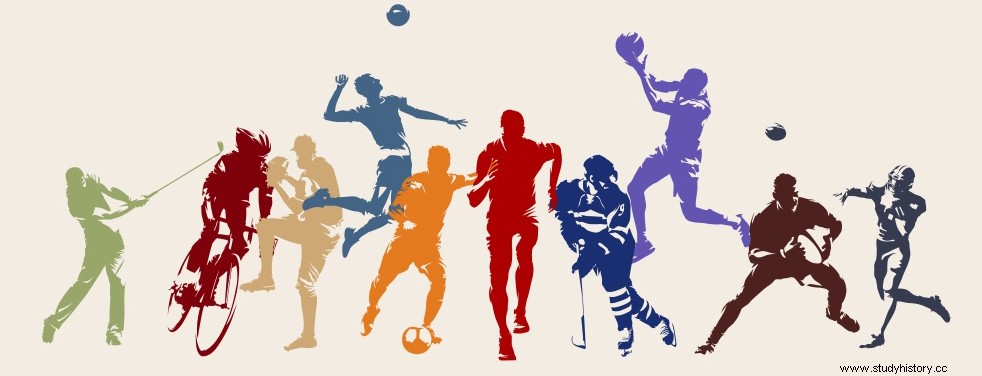
In short, in modern societies, sport has become an important identification of individuals with the collectives to which they belong; that is, in the formation and expression of their "we-feelings" and "we-I" balance. Through identification with a sports team, people can express their identification with the city it represents or the ethical groups to which they belong. Especially since the end of the "Cold War", when many older work patterns and social integration disappeared, new forms of social pattern, work and integration came globally. Example:the former Soviet Union may have collapsed, Yugoslavia may have been involved in civil war; the nations of Western Europe may or may not be about to form a federal state, but in the midst of all these anxiety-provoking problems, Moscow Dynamo, Rangers, Celtic, Minnesota Twins, Toronto Blues, Arsenal, Juventus, FC Barcelona, live on !
Sport is not seen as physical performance, but can rather be considered as a cultural practice that a person experiences. In Arnold's words (1992) is sport
"A culturally valued human practice" organized by its own rules which, like other forms of cultural activity, constitute "the source of our possibilities" and the understanding of "what is to be a person".
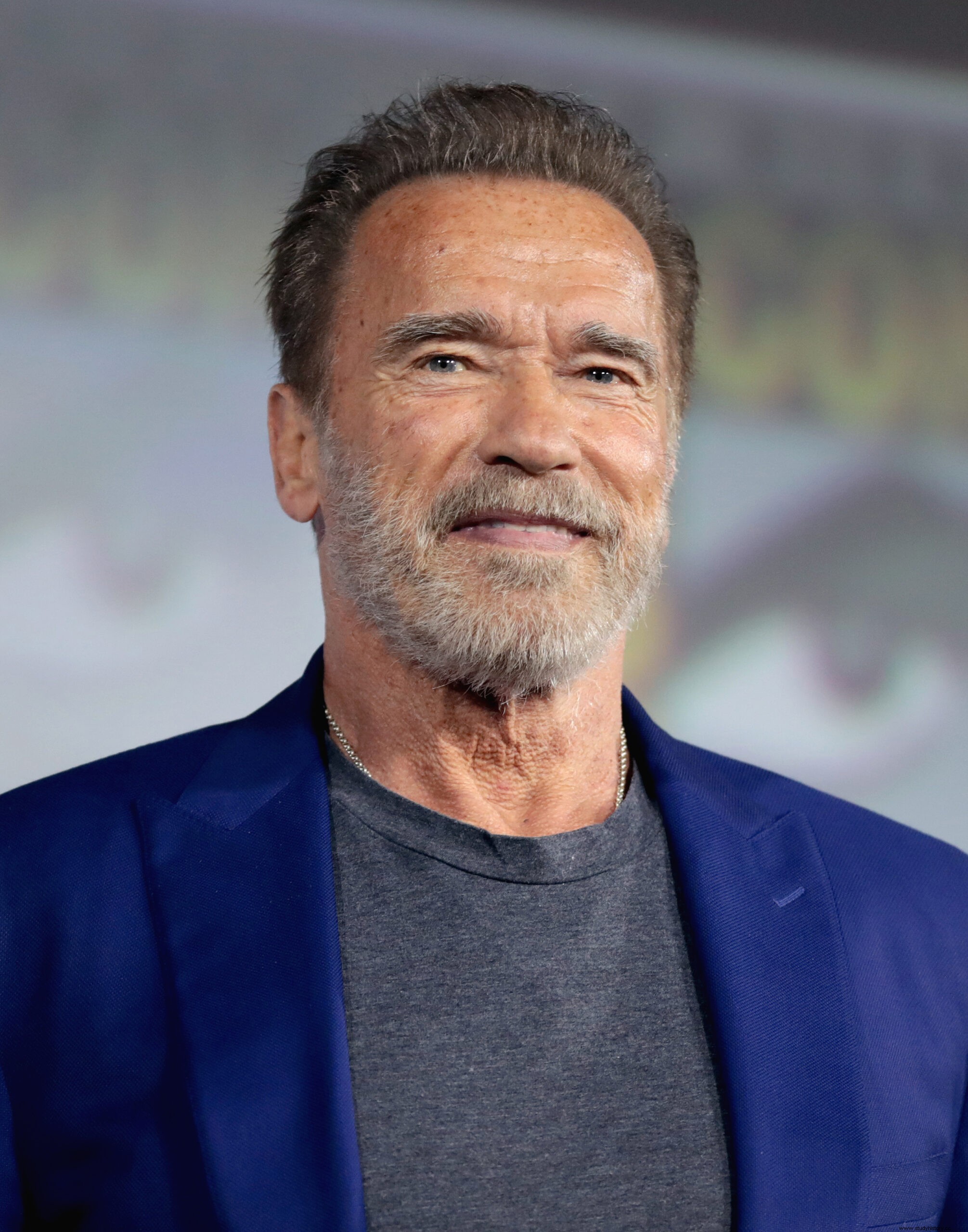
In the early decades of American society, sports were not considered a serious enough topic in comparison, for example with crime, or racial and ethnic conflict. The best work in formal sports sociology was found in Harry Edward's critical writing and activism. at the Olympics in Mexico City in 1968. Edward was the founder of the Black Power Movement in America. He was the first sociologist to ask the sports authorities about the exploitation of athletes, especially black athletes.
Sport as a social phenomenon leads to questions such as:Why are some sports popular in one society but not another? Why are sporting events and sports teams organized in different ways from one society to another? How are sports related to other aspects of society such as family, religion, education, government and media? In summary, sport is an important part of the culture, which differs from place to place and generation to generation.
Sport as a whole is an aspect of the social world that is created in a particular social context. Here is the list of some subjects that sports sociology studies:
- Higher education and sports
The development of modern sport as a global entity has been externally linked to education. Modern sports originated in educational institutions mainly in the UK in the mid to late 19th th century, and were adapted worldwide as an integral part of their education system. Within these institutions, sport was originally seen as a unit for building and demonstrating 'character', making it an important leisure activity in schools and colleges.

- Gender discrimination in sport
The pay gap is one of the most serious issues of gender discrimination in sport, and it can be confirmed by countless examples. In the ranking of "The World's 100 highest paid athletes" there is only one woman, Serena Williams. Another example, in basketball, there is a big pay gap between the NBA and the WNBA. The WNBA has 34 games this season, while the NBA has 82. The highest paid player in the WNBA makes up about one-fifth of the one with the lowest paid in the NBA.
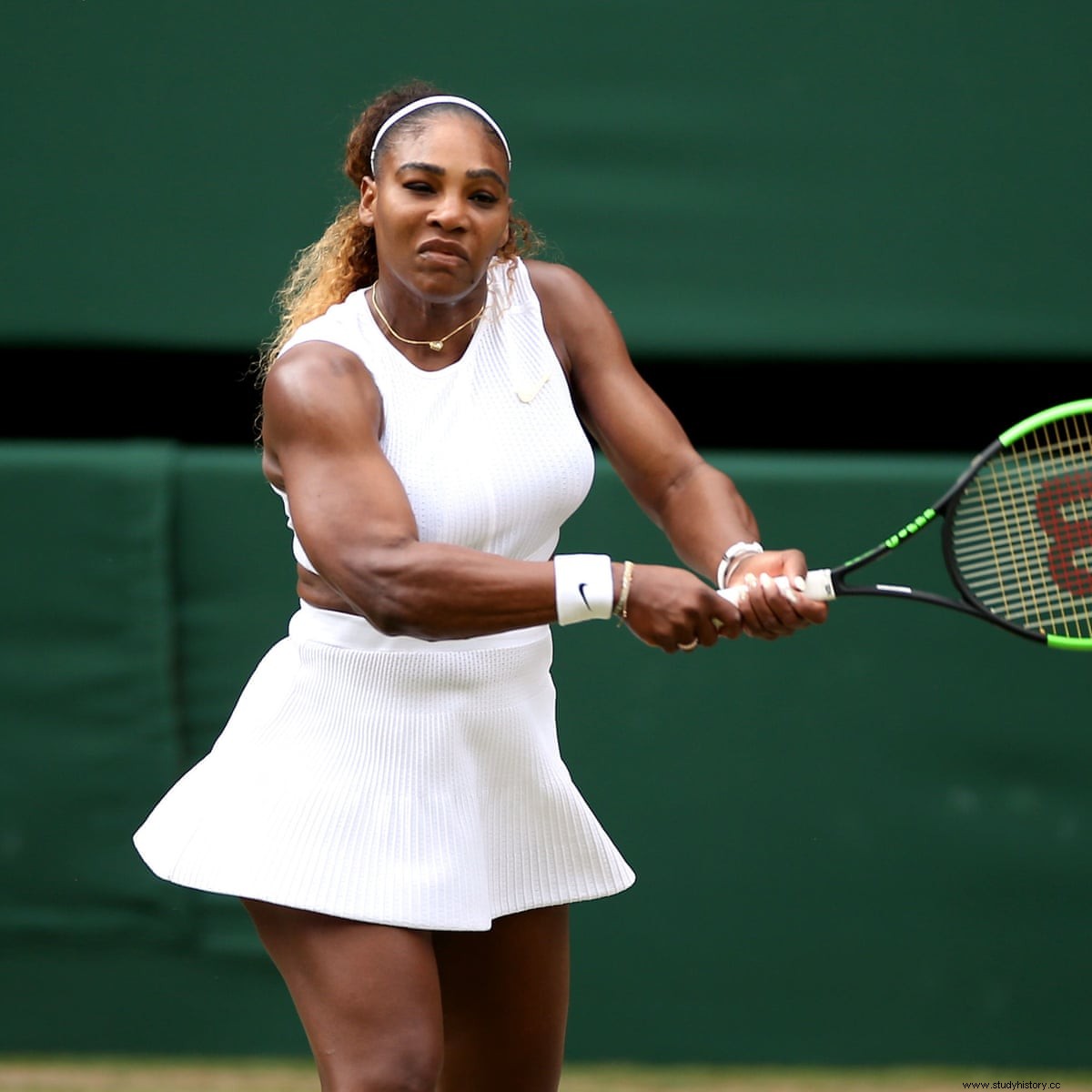
Media coverage of women is also a serious problem with gender discrimination in sports. According to the Tucker Center for Research on Girls and Women in Sports, although about 40% of participants in sports and physical activity are women, women's sports receive only 4% of all sports media coverage. In addition, sports stories for women alone accounted for only 3.5% of all sports stories in a study of four major newspapers (USA Today, Boston Globe, Orange Country Resister and Dallas Morning news) [chukyoeibei.org] The problem is not just with less media coverage, but also the content of their stories. Media coverage often sexualizes women's sports.
Finally, the stereotypes about female athletes are not only a problem, but also harm the performance of female athletes. "No matter how hard a sportswoman is, her organism is not cut to maintain a certain shock" - said this statement by Boron Pierre de Coubertin who founded the modern Olympics. This means that women are too weak for sports.
It is definitely women who participate. It's a lot of sport from quiet sometimes, but even though it's filled with many challenges in every way they are geared towards. There have been times when few of them also fought for their rights. Some notable were Helene Madison from the United States, the first woman to win the 1-meter freestyle in one minute at the Olympics 10, Maria-Teresa de Filippis from Italy, the first woman to compete in a European Grand Prix car race in 1932, and Tegla Loroupe from Kenya, who in 1958 became the first African woman to win a major marathon. These achievements were made in the face of many barriers based on gender discrimination.
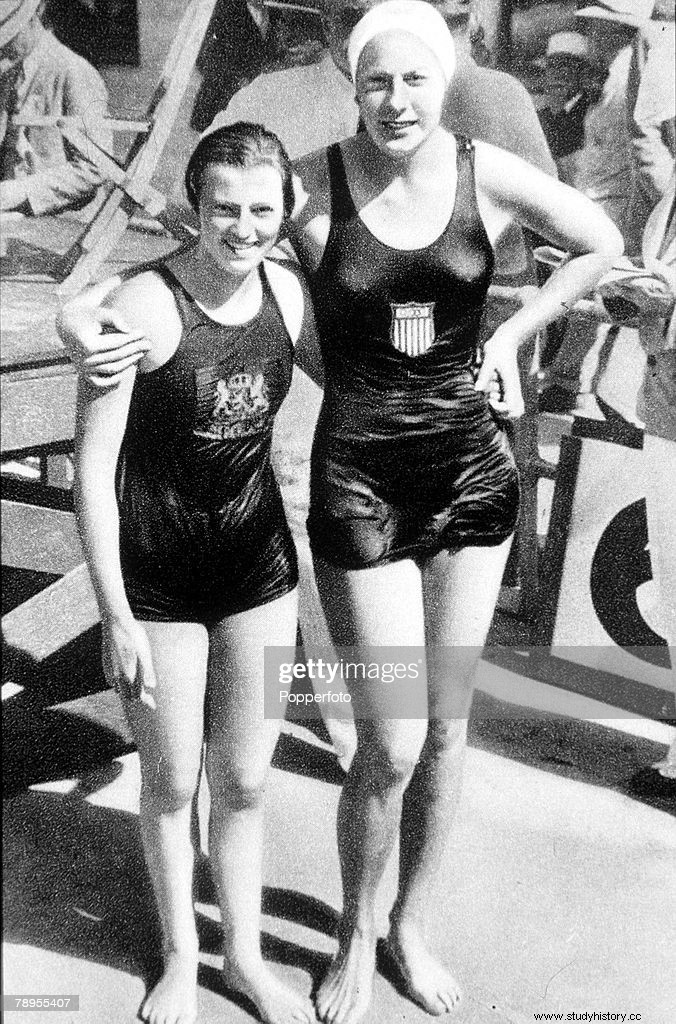
- Mass media and sports, including popular culture
The arena became a global one and the audience grew to enormous proportions. The mass media has made sport a global phenomenon, there is hardly any place where sport is absent in the world. The mass media made the audience for sporting events grow, which soon became new opportunities for the sport to generate profit. When mass culture made audiences at sporting events grow, sports became both commercialized and professionalized as a result of new professions emerging in the process that included a coach, doctor, masseur, leader and so on. The mass media triggers changes in sports that make sports a more attractive experience. This is especially true when it comes to television, as it gathers attention from a large number of audiences. Modern societies are fascinated by sports and also the sports star, especially those who become mass culture stars. They are admired, respected and have a high social status. The media covers not only their sports life, but also their private lives.
The mass media contributes to making sport a democratic phenomenon, because virtually everyone, regardless of gender, age, wealth, education and place of residence, can follow sporting events such as the Olympics, the World Cup and so on. It is because of the mass media that the public can learn about regulations that govern a given sport. Mass media creates connections between social communities that differ from each other.
- Sport as a functional alternative to religion
It may seem a little strange, but sports and religion are connected. There are certain things that sports definitely teach just like religion does, but only in a different way. In fact, both have symbols as well. Each sport has a worldwide fan base just as devotees allow fan-based against their gods. There is an unspoken emotional connection between people and religion in both sports and religion. In most of the contemporary world, however, religion and sport occupy separate but free conceptual realms.
According to few scholars- the Olympics came from Greece in 776 BC. as a way to honor the weather and the god of heaven, Zeus. Zeus, in the pantheon of Greek gods, was the same as Jupiter in Roman society and was considered the most important god. The ancient Mayan culture of Central America presided over priests playing ball in playgrounds next to their holy sites.
- Sports success and racism
-
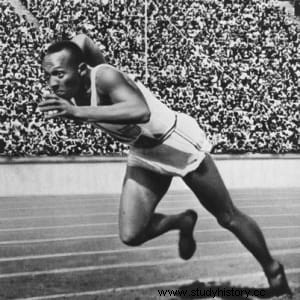
- https://www.biography.com/athlete/jesse-owens
Racism is the belief that the characteristics of people are affected by their race and that the members of other races are not as good as the members of your won, or the resulting unfair treatment of members of other races. One of the first evidence of racism was against Jesse Owens at the Berlin Olympics in 1936, who was one of the first black people to be noticed at the Olympics; he also shocked the world by winning 4 gold medals in the Olympics. At the time, Hitler's Nazi party was in power. He used Games for propaganda purposes to show the superiority of the German people. Black American athlete Jesse Owens defeated Hitler's goal by winning four gold medals. Hitler congratulated the German winners, but not Owens.
Through sports, many athletes have been recognized all over the world and have climbed racial barriers. Athletic success has not only helped these athletes elevate their lives, but to establish a fact that no race is superior to another, that one's strength depends on their own mental and physical abilities and not their race. For example, black athletes played basketball and American football as their symbol of power and dominance. For them, basketball and football were more than sports, it was their voice to strengthen the black society back in the 1970s. The campaign to eliminate racism, discrimination and intolerance from football has become a major priority for UEFA in recent years:NO TO RACISM.
Social issues and sports- including drugs, sports violence and injuries
1. Substance Abuse
Drug use has become a social threat. From weeds / marijuana to other performance-enhancing drugs, there is definitely no end to supply or demand here. In fact, in better words, this can also be called "Doping". In fact, at the beginning of the 20th century; The racehorses were given medication to speed up the tracks - so is the abuse capacity outside the human race. Sometimes athletes and coaches are also responsible for these actions.
2. Violence
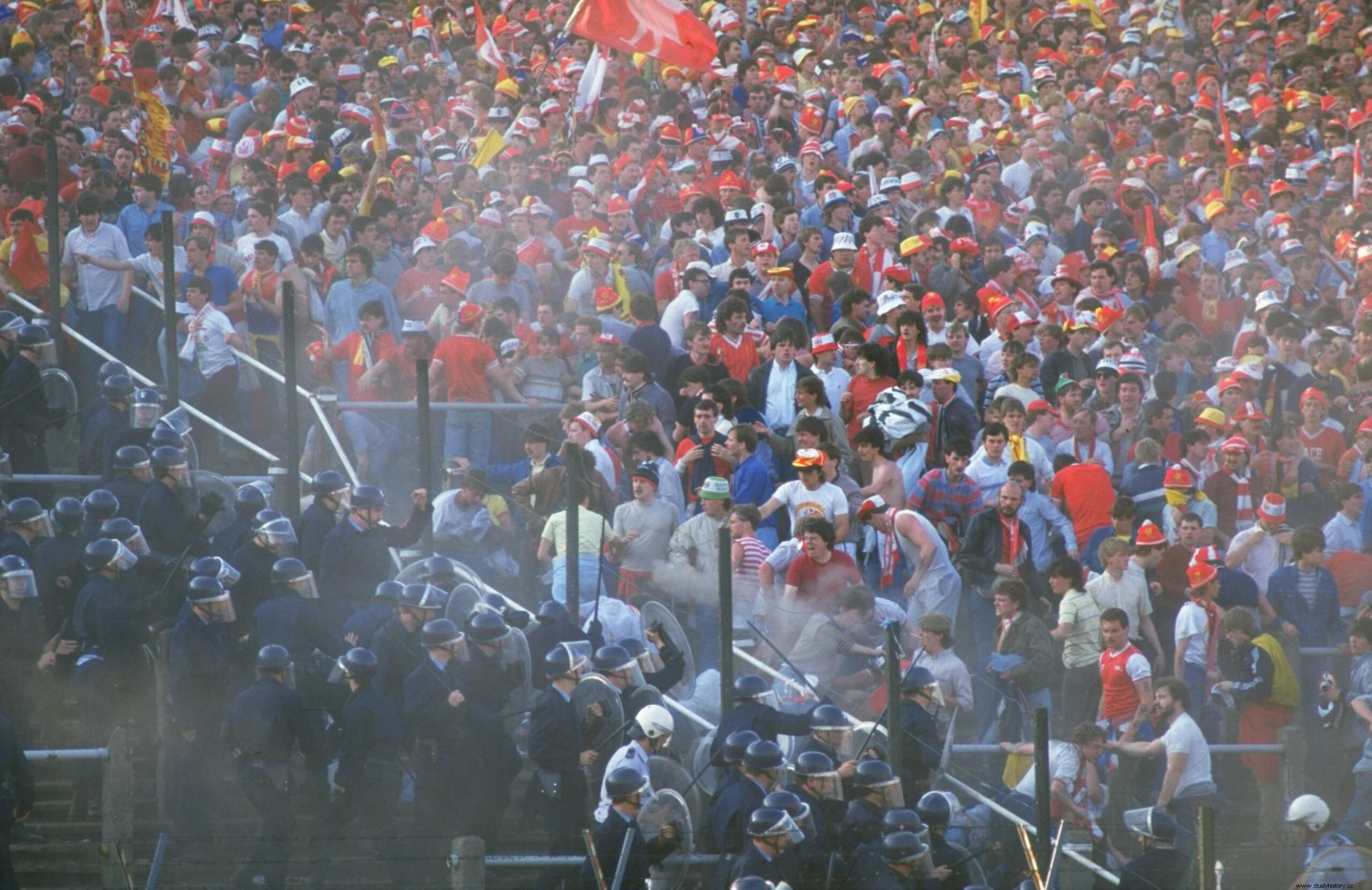
There has been a lot of conflict between whether violence in the sport should be banned. Many sports such as football, hockey, basketball, rugby, etc. are a contact sport, and it is allowed to be violent until the athlete plays according to the rule, but sports such as boxing where both the boxer injures himself to danger can make sense if the sport is banned. Other violent behavior can come from the crowd itself. Violent sporting events have occurred in the past, such as the Glasgow Derby in Scotland in 1971 where 66 fans were crushed to death, or Hillsborough Stadium, the FA Cup semi-final between Nottingham Forest and Liverpool where over 93 football fans were killed in 1989.
3. Injuries
When it comes to treating your body like machines, it is not quiet good for athletes and weapons. For this reason, former professional players in America have approximately 56 years of average life expectancy, which is 15 years shorter than the average average life expectancy of American men. American culture and media continue to glorify violence in sports despite thousands of serious and lasting injuries that occur each year. Playing through pain can lead to serious injury, although athletes may seem to give them a tough personality.
Sometimes we get so lost in the splendor of sport that we forget the other aspects of it, which are just as important when we consider.
